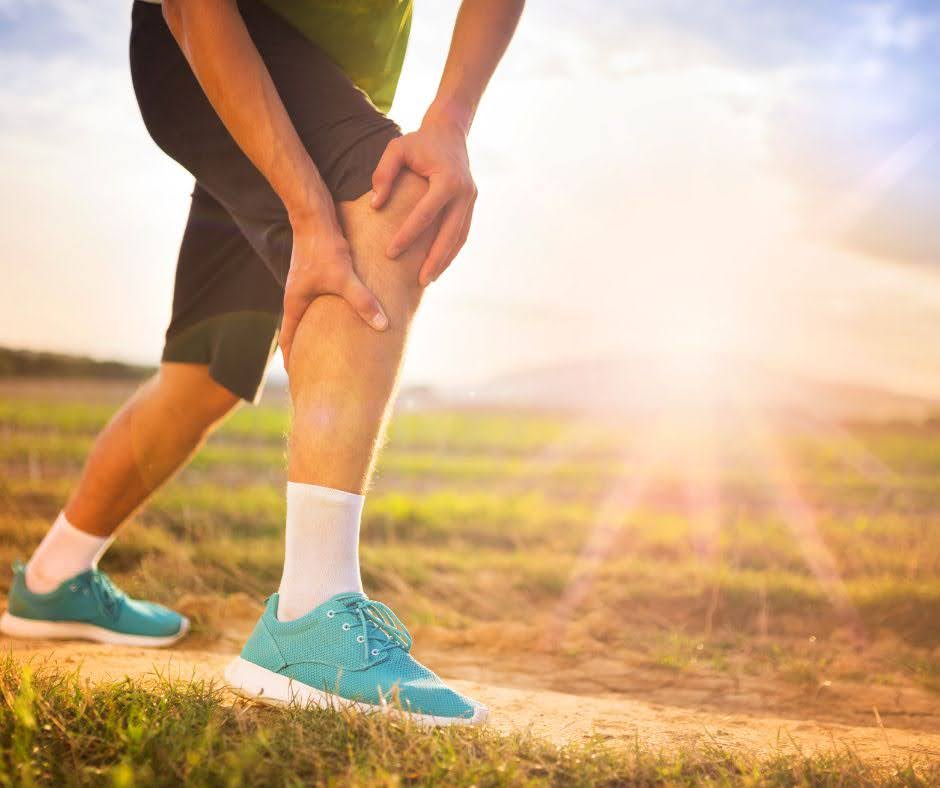Iliotibial Band Syndrome (ITBS), commonly referred to as runner’s knee, is a prevalent and often debilitating condition among athletes, particularly runners. Characterized by pain on the outer side of the knee, ITBS can significantly impede one’s ability to engage in physical activities and, if left untreated, may lead to chronic issues.
Understanding ITBS: Causes and Anatomy
The iliotibial band (ITB) is a thick band of fibrous tissue that runs along the outside of the thigh, from the hip to the knee. ITBS occurs when this band becomes irritated or inflamed due to repetitive friction as it rubs against the outer femoral condyle (the bony prominence on the outer side of the knee) during activities such as running, cycling, or hiking. While the exact cause of ITBS may vary, several factors can contribute to its development.
1. Overuse
Engaging in activities that involve repetitive knee bending, such as running long distances or downhill running, can strain the ITB and lead to irritation.
2. Muscular Imbalances
Weakness or tightness in the muscles surrounding the hip and knee, particularly the gluteus maximus, tensor fasciae latae (TFL), and quadriceps, can alter biomechanics and increase stress on the ITB.
3. Poor Running Form
Biomechanical issues such as overpronation (excessive inward rolling of the foot) or leg length discrepancies can result in improper alignment, exacerbating ITB friction.
Symptoms and Diagnosis
Individuals with ITBS typically experience pain on the outside of the knee, which may worsen with activity, especially while descending stairs or hills. In some cases, swelling or a clicking sensation near the knee may also be present.
Diagnosis of ITBS is primarily based on clinical evaluation, where a healthcare provider will assess the patient’s symptoms, medical history, and perform physical examinations such as the Noble compression test or Ober’s test to confirm the diagnosis.
Treatment Options
Treatment for ITBS aims to alleviate pain, reduce inflammation, address underlying biomechanical issues, and facilitate a gradual return to activity. Common treatment modalities include:
1. Rest and Activity Modification
Temporary cessation of aggravating activities followed by a gradual return to exercise can help alleviate symptoms and prevent recurrence.
2. Ice Therapy
Applying ice packs to the affected area can help reduce inflammation and alleviate pain. Ice should be applied for 15-20 minutes several times a day.
3. Stretching and Strengthening Exercises
Targeted stretches and exercises focusing on improving hip and knee strength, flexibility, and biomechanics are essential for long-term management of ITBS. These may include hip abductor and external rotator strengthening exercises, as well as ITB stretches.
4. Footwear and Orthotics
Proper footwear selection and, if necessary, the use of orthotic inserts can help correct biomechanical abnormalities and reduce stress on the ITB.
5. Manual Therapy
Techniques such as massage therapy, foam rolling, and myofascial release may help alleviate muscle tightness and improve tissue mobility around the ITB.
Osteopathy and ITBS
Osteopathy is a holistic approach to healthcare that focuses on the interrelationship between the body’s structure and function. Osteopathic treatment for ITBS typically involves a combination of manual therapy techniques, exercise prescription, and lifestyle modifications.
Osteopathic manipulation techniques aim to restore proper alignment and mobility of the musculoskeletal system, addressing any contributing factors to ITBS such as muscle imbalances, joint restrictions, or postural issues.
Additionally, osteopathic practitioners may provide guidance on biomechanical correction, including gait analysis and ergonomic modifications, to optimize movement patterns and reduce strain on the ITB.
While osteopathy can be a valuable adjunctive therapy for managing ITBS, it is essential to consult with a qualified healthcare professional for a comprehensive assessment and personalized treatment plan.
Additionally, individuals with ITBS should adopt a multifaceted approach to treatment, incorporating rest, exercise, and lifestyle modifications to achieve optimal outcomes and prevent recurrence.
Final Thoughts
Iliotibial Band Syndrome, or runner’s knee, can pose significant challenges for athletes and active individuals. Understanding the underlying causes, affected anatomy, and treatment options is crucial for effectively managing this condition and facilitating a safe return to activity.
While osteopathy may offer benefits as part of a comprehensive treatment approach, it is essential to integrate various modalities under the guidance of a healthcare provider to address the complex nature of ITBS effectively.
